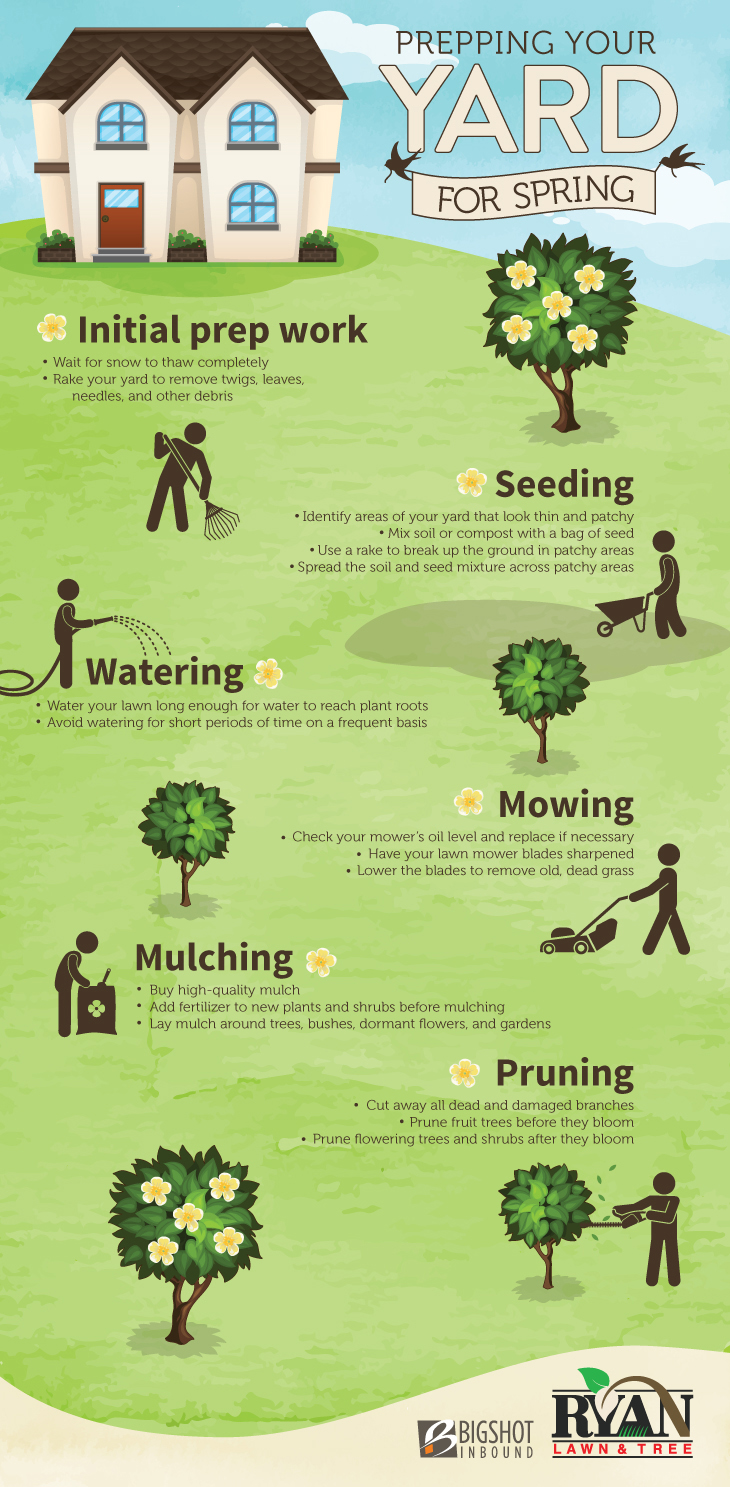Seasonal Tree Care: Optimum Timing And Strategies For Pruning
Seasonal Tree Care: Optimum Timing And Strategies For Pruning
Blog Article
Web Content Writer-Mullen Olson
When it comes to seasonal tree cutting, timing and strategy are vital for your trees' health and wellness and growth. You could be stunned at how much a straightforward cut can encourage new life. Understanding when to trim inactive trees versus blooming ones can make all the distinction. However it's not almost when; it's likewise concerning how you do it. Let's check out the most effective methods to ensure your trees grow.
Comprehending the most effective Seasons for Tree Trimming
When's the very best time to trim your trees? The solution hinges on understanding the seasons. Late wintertime to very early spring is commonly excellent, as trees are still dormant. This timing lessens anxiety and promotes much healthier development when they awaken.
Nevertheless, if you're taking care of blooming trees, think about trimming right after their blossoms fade. This guarantees you won't remove following year's flowers.
In summer, light trimming can assist keep shape and remove any type of dead or unhealthy branches. Stay clear of hefty trimming during autumn, as trees are planning for dormancy and could battle to recover.
Inevitably, understanding your tree types and neighborhood environment will certainly lead your cutting timetable. Pick wisely, and your trees will certainly flourish wonderfully year-round.
Necessary Pruning Techniques for Healthy And Balanced Trees
Trimming your trees successfully is vital for their health and durability. Beginning by using https://www.oregonlive.com/hg/2020/07/landscapers-are-busier-than-ever-during-the-pandemic-people-want-a-private-park-now.html , sharp devices to make precise cuts, which assists stop damage and condition.
Focus on removing dead, harmed, or crossing branches first; this motivates better air flow and sunlight penetration. When cutting, aim for an angle that advertises healing and minimizes the risk of rot. Always trim simply outside the branch collar, the swollen location where the branch fulfills the trunk, to improve healing.
For young trees, shape them by uniquely trimming to develop a strong structure. Ultimately, prevent over-pruning; eliminating way too much foliage can worry your tree.
Common Mistakes to Avoid When Pruning
Many house owners make crucial mistakes while trimming their trees, which can result in lasting damages.
One common mistake is over-pruning, where you remove way too many branches at once. This can emphasize the tree and hinder its growth.
Another blunder is using boring devices; sharp, clean devices make cleaner cuts that heal quicker.
Don't forget to trim at the wrong season; winter is frequently best for many species, while summer season is perfect for others.
Likewise, stay clear of cutting branches as well near to the trunk or leaving stubs, as both can invite bugs and diseases.
Last but not least, falling short to step back and evaluate the tree's general form can result in irregular growth.
Keep these blunders in mind for much healthier, growing trees!
Final thought
Finally, seasonal tree cutting is critical for your trees' health and wellness and growth. By trimming at the right times-- late winter months for inactive trees and right after blossoms for flowering ranges-- you'll encourage lively vegetation and blossoms. Bear in mind to make use of tidy, sharp tools and follow proper methods to prevent damages. Stay clear of heavy pruning in the fall and remain free from typical errors. With these pointers in mind, you'll maintain your trees flourishing all year round!
